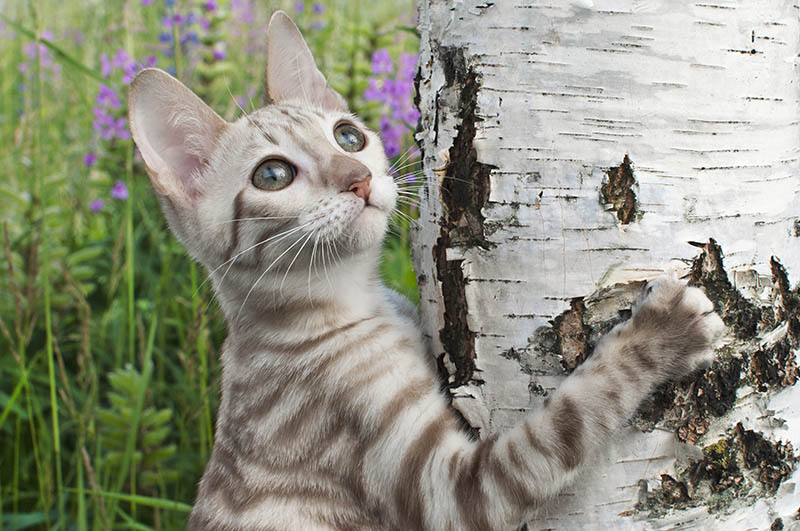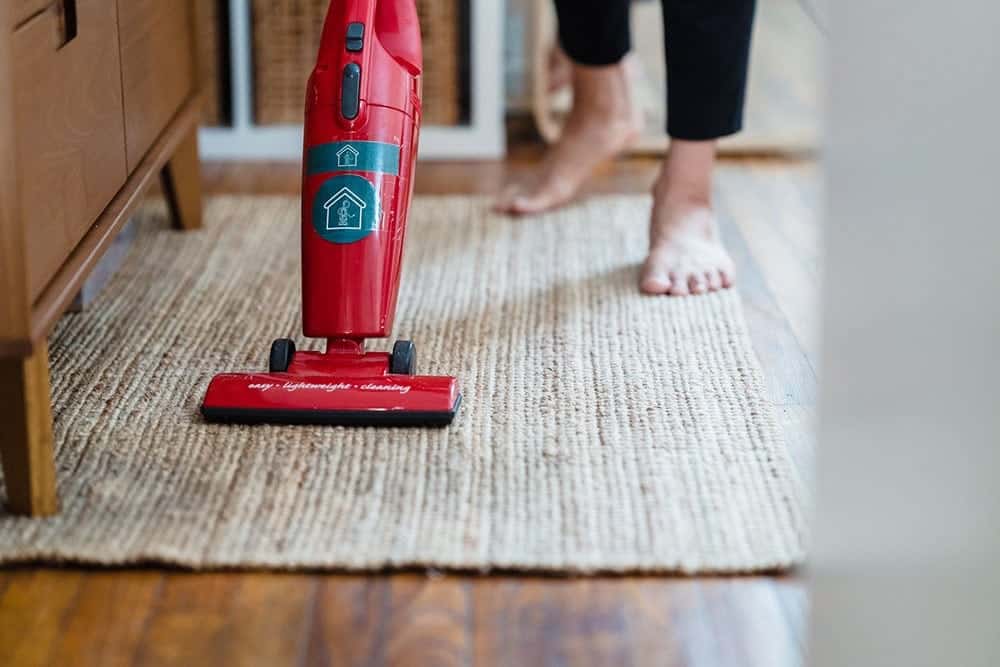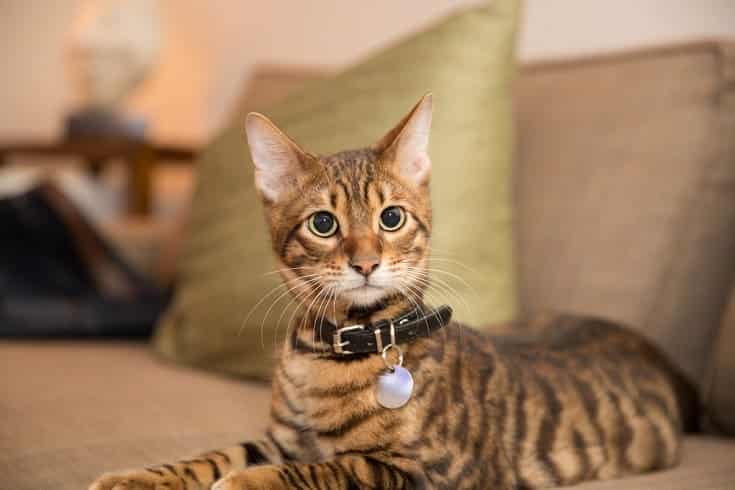Toygers might sound like something out of a sci-fi movie, but they are cats that live right here with us on Earth. These designer cats were developed in the 1980s, when a woman bred a Bengal and a domestic shorthair together. Since then, the breed has been a rare find, as they aren’t as readily bred as more popular cat breeds. This breed’s name was the result of combining the words “toy” and tiger” together, which accurately describes their appearance. While they look like they may have just stepped out of the jungle, these are domestic cats that live as household pets.
So, are Toygers suitable pets for those with allergies? The truth is that no cats are truly hypoallergenic, and this is true even for designer cats like Toygers 1. That said, these cats may be suitable for some people due to the type of coat that they possess. Here’s what you should know.
Why All Cats, Including Toygers, Are Not Hypoallergenic
Cats produce a special kind of protein called Fel d 1 in their saliva, skin, and urine. This protein is transferred from a cat’s saliva to their coat and other surfaces when they clean themselves and lick things. When the saliva dries, the protein becomes airborne. Cat hairs commonly act as vessels that help the Fel d 1 protein travel in the air throughout the house.
Different cats may have different levels of the Fel d 1 protein in their systems, but all cats have the protein. The longer a cat’s hair is, the more Fel d 1 protein can be spread on their fur and thus, around the house. The allergens from the protein can transfer from a cat’s coat to a human’s hand during a petting session too, which can then be spread anywhere that the hand touches afterward.

Why Some Allergy Sufferers Might Be Able to Live With Toygers
Toygers have short hair, so they won’t spread allergens as much as long-haired cats do. Therefore, people who are only slightly allergic to cats might be able to live with a Toyger if steps are taken to minimize allergen buildup and reduce reactions. Further, individual cats may have different levels of Fel d 1 protein, so it is always best to meet a cat in person before bringing them home and check for allergy compatibility.
Generally speaking, if you have cat allergies, it’s a good idea to think twice about living with a cat at all. But if you don’t have a choice or insist on getting a cat, talk to a trusted vet and your doctor to determine if a shorthaired cat like the Toyger is the right choice for you.
How to Minimize Allergens in the Home When Living With a Toyger

If you do find yourself living with a Toyger and you have cat allergies, there are a few things that you can do to reduce your exposure to the allergens. While you can’t eliminate your exposure altogether, taking the following steps can help ease living with allergies and a cat:
- Vacuum Daily: Allergens can easily build up on carpets because they fall onto them from the air, and hair gets displaced in them during grooming. Vacuuming every day can help keep allergens from building up and becoming too irritating to your senses.
- Maintain “Safe” Rooms: Choose one or two rooms in your home where you want to spend time and make them off-limits to your Toyger. This way, you have a space where you can get away and get relief from exposure to allergens.
- Talk to Your Doctor: Your doctor may be able to prescribe a medication for you to take regularly that will help keep your allergies under control.
Final Comments
Sadly, no cat breed, including the Toyger, is truly hypoallergenic. This breed does have a short coat, which makes shedding easier to manage, but it can still trigger allergic reactions in anyone who is allergic to cats.
Featured Photo Credit: stockelements, Shutterstock











